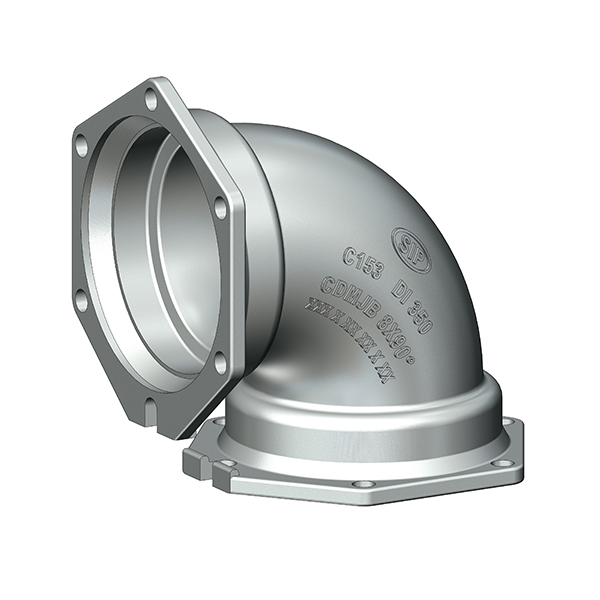Welding is a versatile and widely used technique for joining metal components. To understand the intricacies of welding, it is crucial to explore the fundamental joints that form the basis of this process. In this article, we delve into the world of welding and uncover the two primary joints that play a pivotal role in creating strong and durable connections. By gaining insights into these joints, readers will develop a deeper understanding of welding principles and their practical applications.
- Butt Joint:
The butt joint stands as one of the most fundamental and commonly used joints in welding. It involves joining two metal pieces along their edges in a flush manner. This joint type offers simplicity and versatility, allowing for easy alignment and welding in various positions. The butt joint finds extensive applications in industries such as construction, automotive, and shipbuilding. However, achieving optimal strength and integrity requires proper edge preparation and precise welding techniques. - Lap Joint:
The lap joint is another essential joint in welding, characterized by overlapping two metal pieces and welding them together along the overlapping region. This joint type is particularly useful when joining materials of different thicknesses or when creating joints with increased surface area for enhanced strength. The lap joint provides good load distribution and is commonly employed in sheet metal fabrication, aerospace, and structural applications. Proper welding techniques and consideration of material compatibility are vital to ensure the integrity of the lap joint. - Additional Considerations:
While the butt joint and lap joint represent the fundamental joints in welding, it is important to note that various factors influence the choice of joint type. Factors such as the application, material properties, joint strength requirements, and welding method employed all play a role in determining the most suitable joint for a specific welding project. Welding professionals must consider these factors and select the appropriate joint type to ensure optimal performance and longevity of the welded structure.
Conclusion:
Understanding the two fundamental joints of welding, namely the butt joint and lap joint, is essential for anyone involved in the welding industry. These joints serve as the building blocks for creating strong and reliable connections between metal components. By mastering the techniques and considerations associated with these joints, welders can achieve high-quality welds that meet the demands of various industries. However, it is crucial to remember that welding is a complex field, and seeking guidance from experts and referring to authoritative sources is always recommended for critical welding decisions.

